The Google Pixel 10 series is expected to launch later this year, with some improvements over the previous generation. And now, the upcoming lineup is touted to feature a display upgrade in the form of better PWM (pulse width modulation) dimming which could make it easier for people to look at the Pixel 10's display, even in low brightness.
According to Android Authority, Google is planning to add an upgraded display on the Pixel 10 which will feature a higher frequency PWM dimming. This display on the upcoming device could refresh at a rate of 480Hz, that's twice as that of the Pixel 9's 240Hz PWM dimming, which would make it less fatiguing for sensitive users.
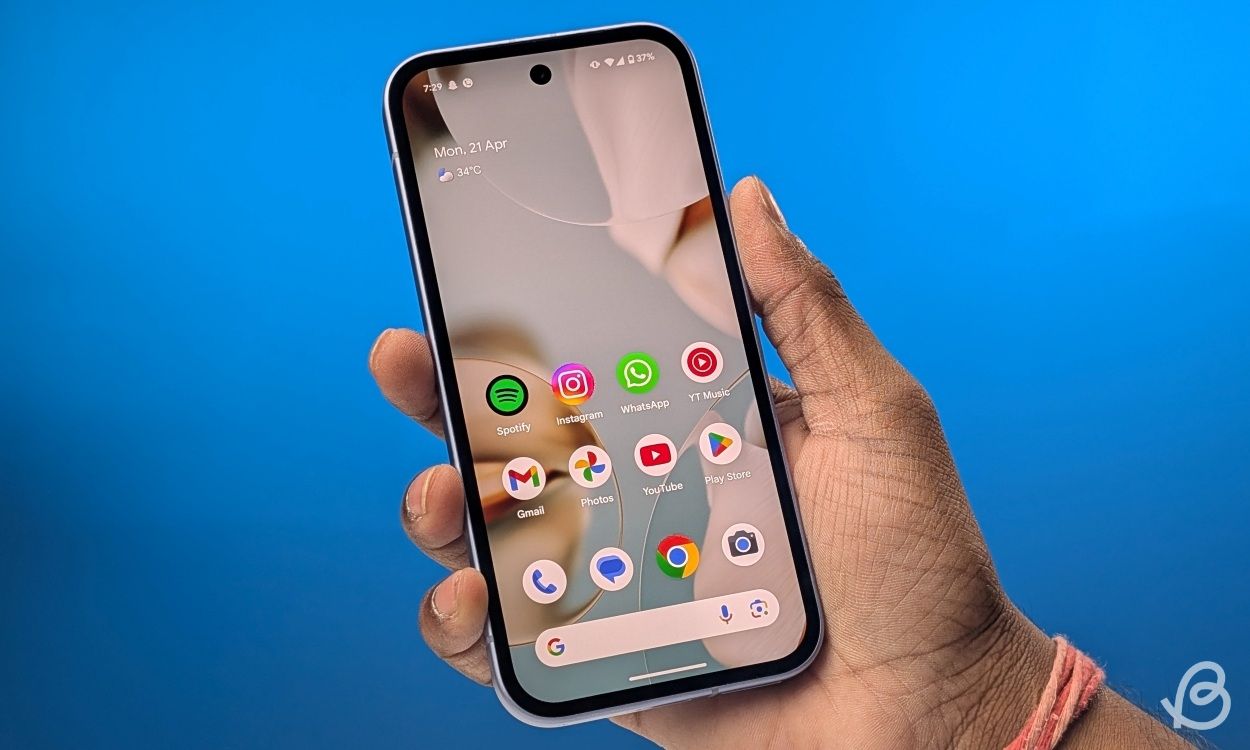
For those unaware, PWM is one of the ways to achieve display dimming, but for people with light sensitivity, it tends to cause nausea and headaches. A higher frequency can reduce flickering caused from the LED light source, making the display much more tolerable at any brightness.
Unfortunately, this change won't be implemented across the entire Pixel 10 lineup. Only the Pixel 10 Pro and Pixel 10 Pro XL could feature the higher frequency display, while the standard Pixel 10 and Fold models may get the same PWM dimming treatment as the previous generation.
With this change, the Pixel 10 Pro lineup would level with the latest iPhone 16 and Samsung Galaxy S25 series. But that's still a lot on the lower end of the PWM rate spectrum since there are phones like the Xiaomi 15 Ultra which offer up to 1920 Hz frequency.
In addition to PWM dimming, the display on the Pixel 10 lineup could also get a bump in terms of peak HDR brightness. The maximum brightness of the base Pixel 10 model could be 2000 nits, compared to the Pixel 9's 1800 nits panel. Likewise, the Pixel 10 Pro and Pro XL may feature 2250 nits, 200 nits more than last year's Pro models. The Pixel 10 Pro Fold's display get as bright as 2050 nits on the outer display and 1850 nits on the inside.
The latest development reiterates an earlier leak that suggests the base Pixel 10 could skip on key features like Wi-Fi 7 connectivity, vapour chamber cooling and a Ultra Res Zoom for the camera. It's a growing trend that distinguishes the standard Pixel models from its Pro siblings, and one that brings them closer to the Pixel "a" series.


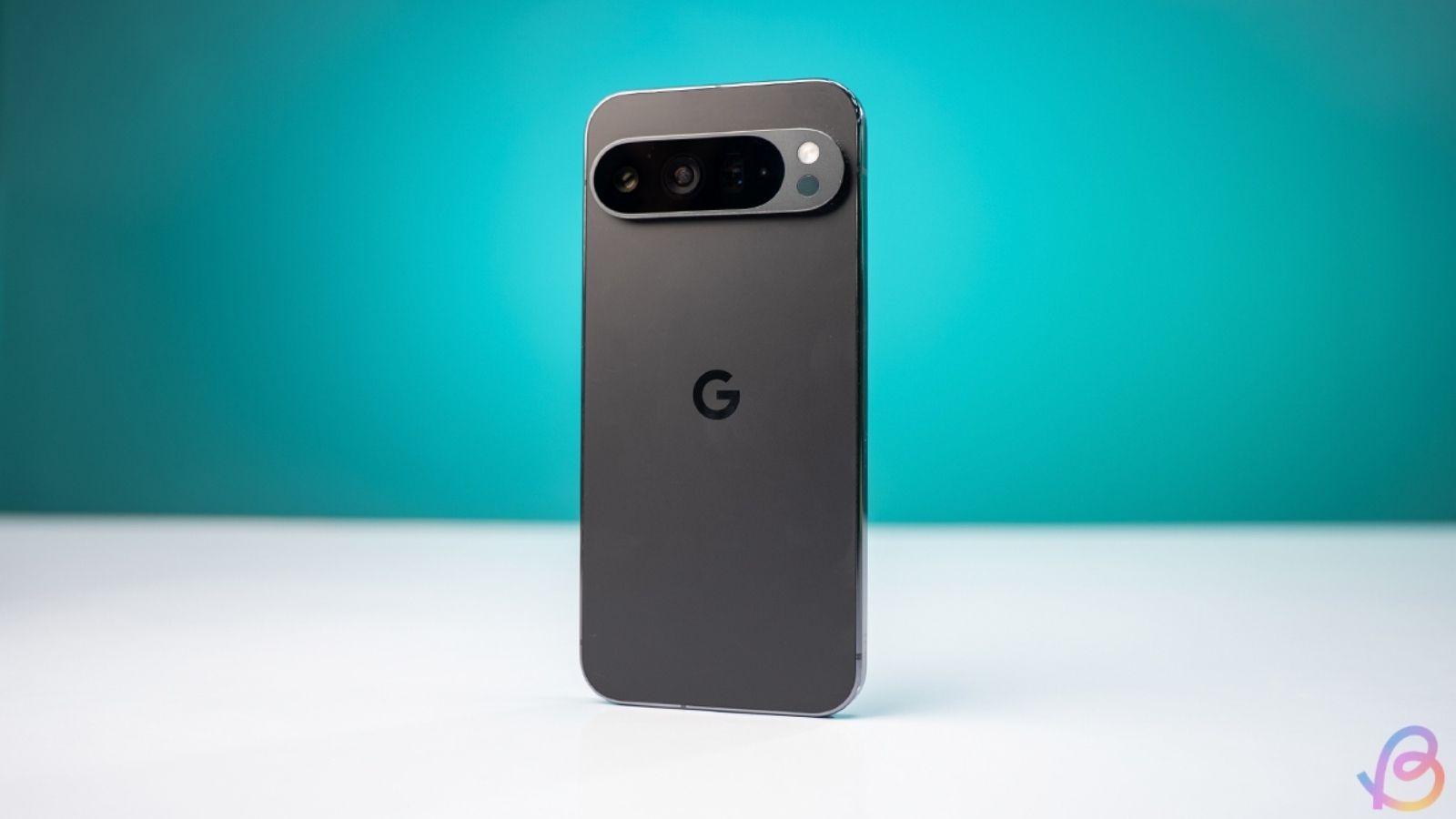
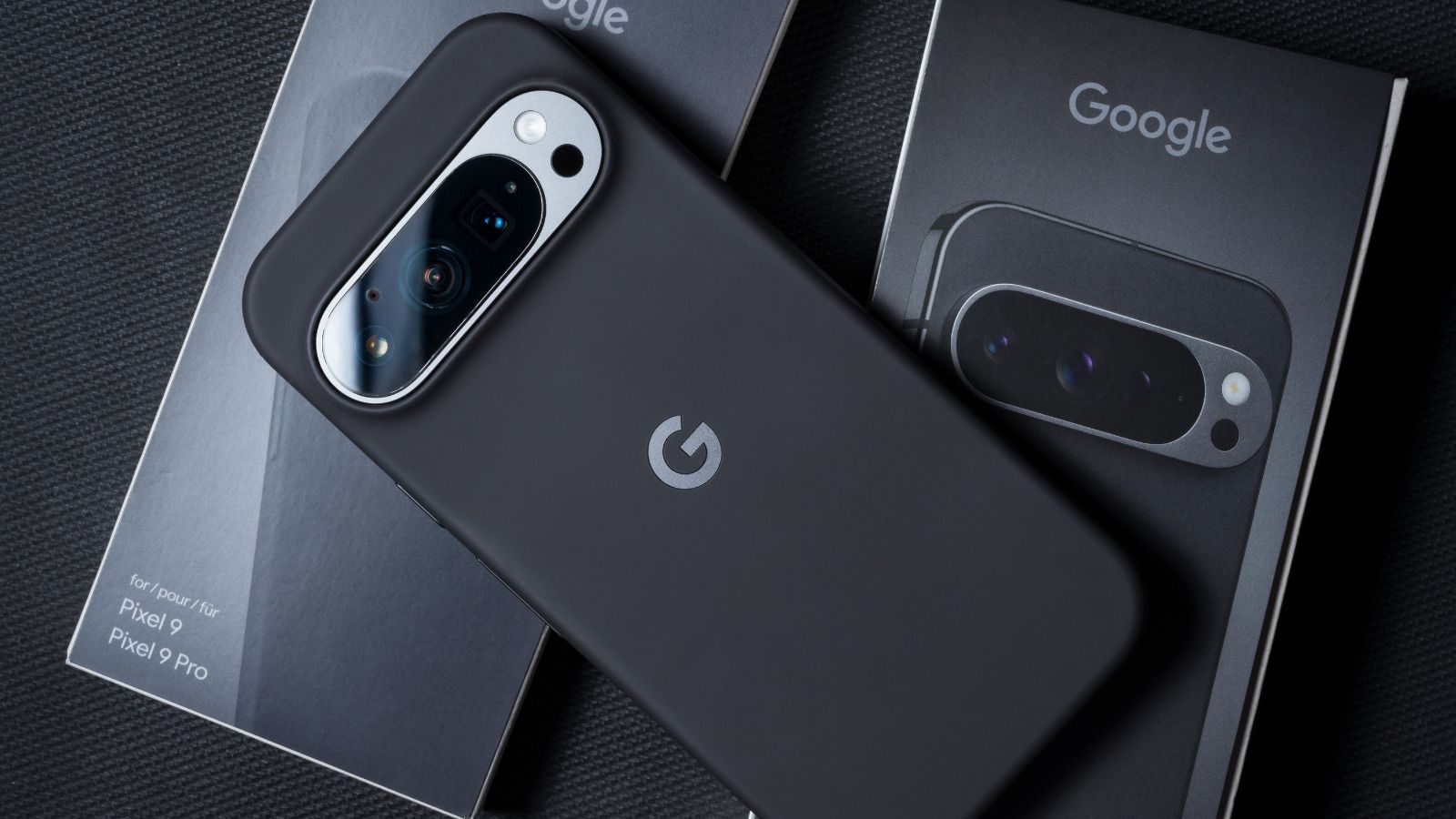

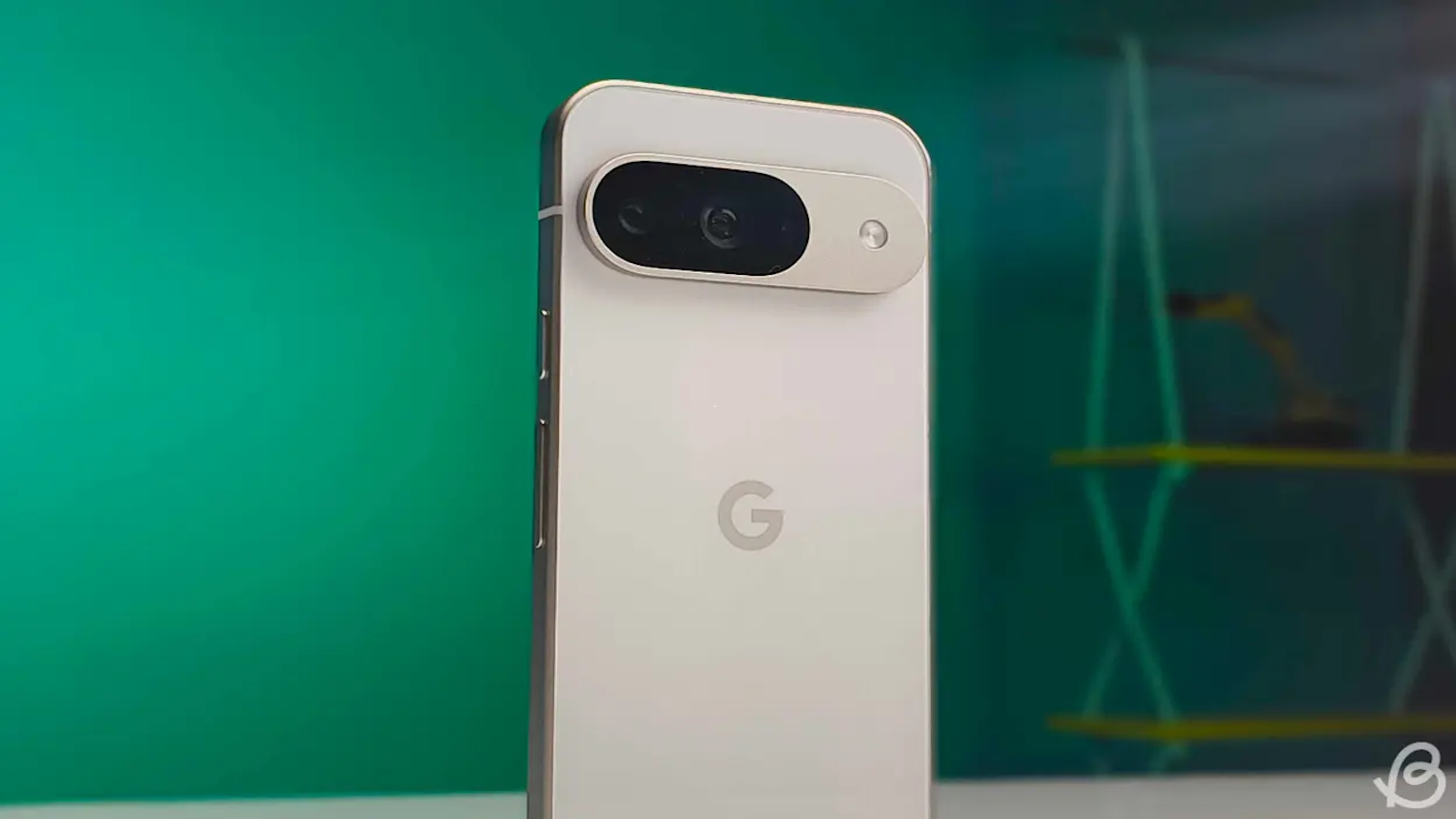




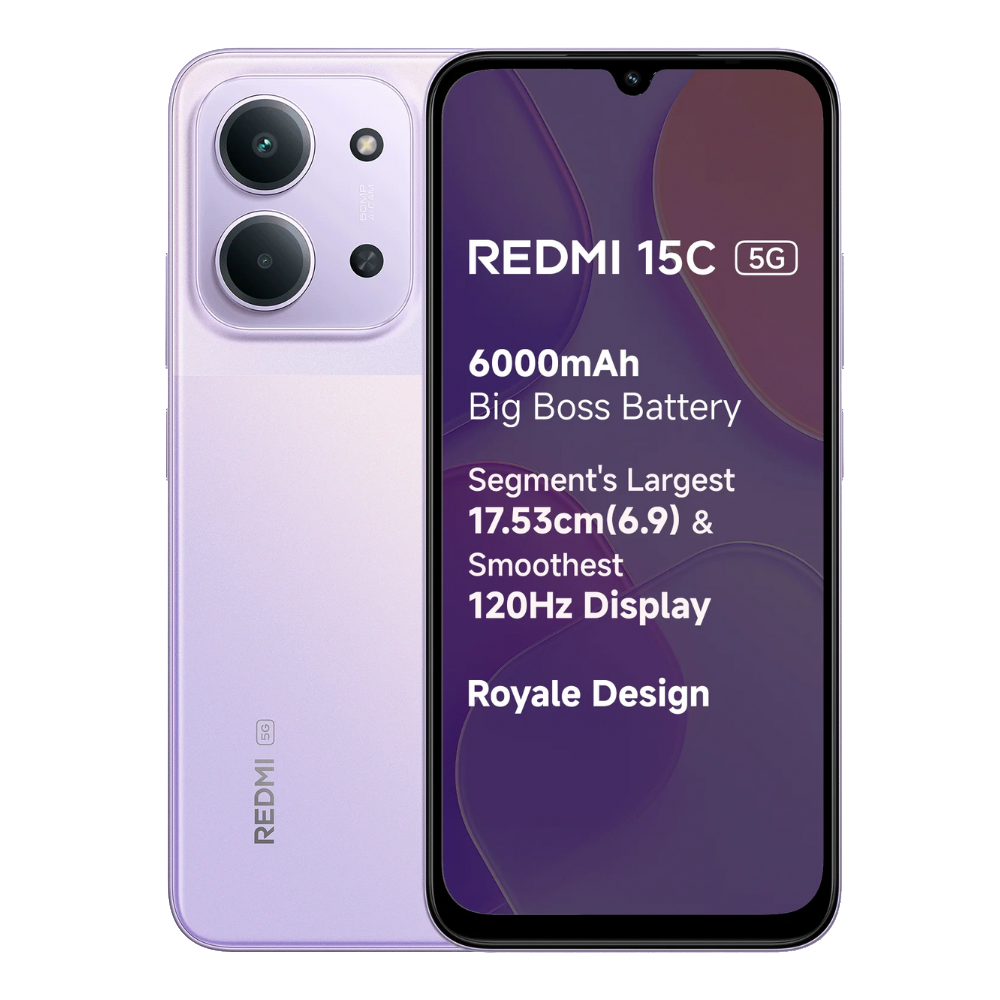


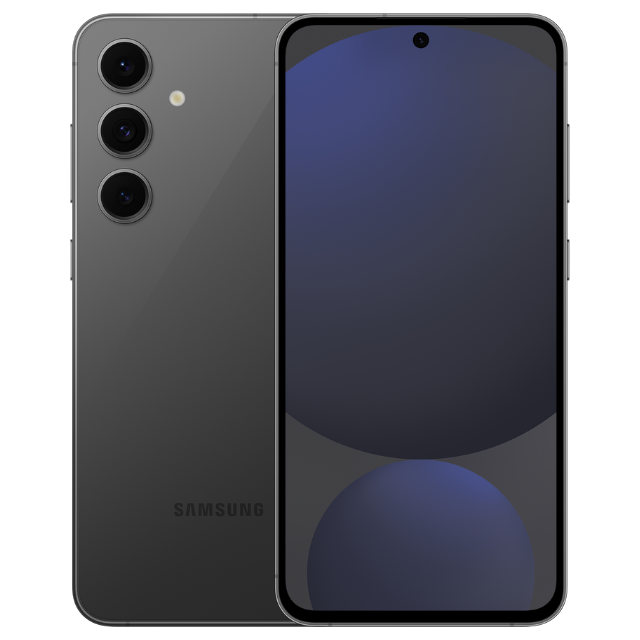






.png)

